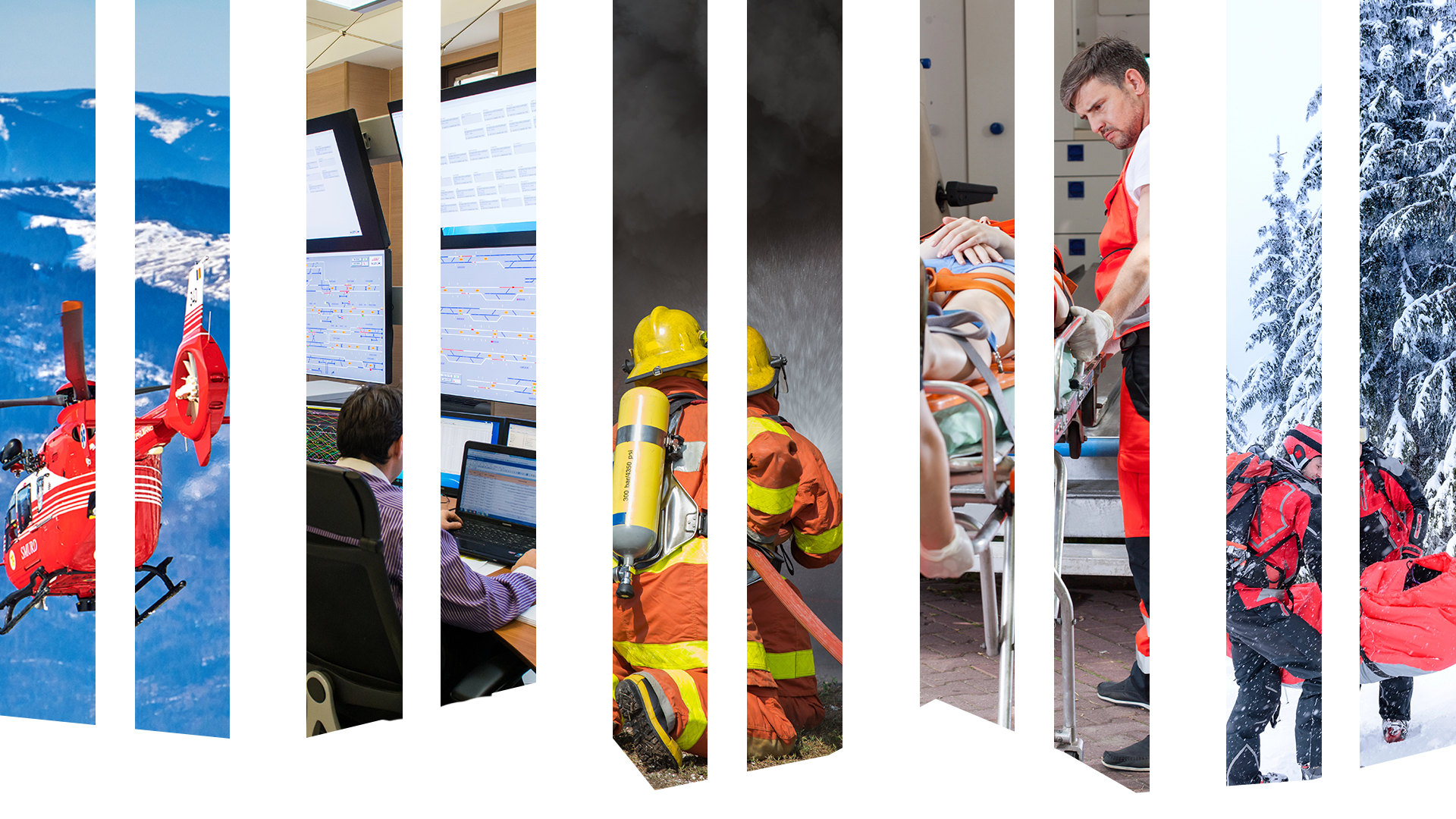The International Survey Report gathers results from the mapping of the best models, scenarios, and tools to understand social and economic constraints and opportunities facing households, businesses, and governments that have centralised the planning for risk and disaster risk management. In addition, experiences from past events are important to manage, organise, and invest in the current events to mitigate the risk in the future. One of the main goals is to complement the community governance and resilience measures for emergency, preparedness and disaster management and link prevention with financial and policy decisions to management interventions. We will work the tools for planning and re-considering on through moving up and down the cause-effect line to easily elucidate the nature and magnitude of the interactions and disaster effects:
- To map simultaneous, cascading, even disconnected, but temporally subsequent, hazards or threats complicate organisational responses.
- To develop a comparative set of approaches to addressing the important challenges to modern civil protection.
- To provide knowledge for the development of the online risk assessing tool;
- To stress on the interdependency of modern threats/risks;
- To focus on the need for economic efficiency;
- To promote adjustment to changing nature of communication.
- To examine the challenges in the context of community response practices and high-impact events driving system adaptations;
- To link the system adaptations with political and economic windows of opportunity to determine changes in structural and non-structural prevention measures.

